Professional expertise and
specific know-how
Consulting

We provide consultancy, support in development, and offer FSW trainings
For us, consulting is a form of art that bundles people’s knowledge and experience and supports them where it matters.
We provide guidance in choosing appropriate materials, assist you in designing seams compatible with FSW, and offer insights into the applications and limitations of FSW.
Objective analysis and
identifying solutions
Resource efficiency and
flexibility
Throughout the years, we have accumulated extensive experience in crafting the right FSW geometry design and layout. Now, we aim to impart our knowledge to assist you in optimizing the design of your components for subsequent production. Our emphasis lies not only on overall feasibility in the production of cast parts but also on enhancing the joining zones concerning the FSW process.
It has been proven that involving our FSW experts at an early stage can not only save time but also avoid higher costs in the subsequent production process. The optimized joining zone design allows significantly higher welding speeds to be achieved later on, gaining valuable seconds in the cycle time. We also check the accessibility for the FSW tool and the necessary support surfaces to minimize the risk of additional costs later on.
Well-known OEMs and Tier 1 companies are already leveraging our expert knowledge to develop excellent friction stir-welded products that can be produced at optimized cost!
- But joint
- Lap joint
- Lap joint for cast aluminium
- Half lap joint
- T Joint
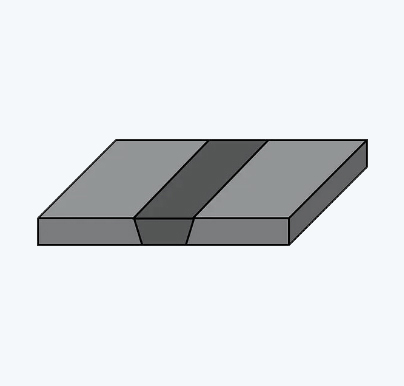
Application: sheet metal, similar and dissimilar joints, tailor welded blanks
Advantage: strong connection, no crevice corrosion
Disadvantage: Machining is recommended to minimize gaps. Due to tolerances (gaps/high-low), more burrs are created
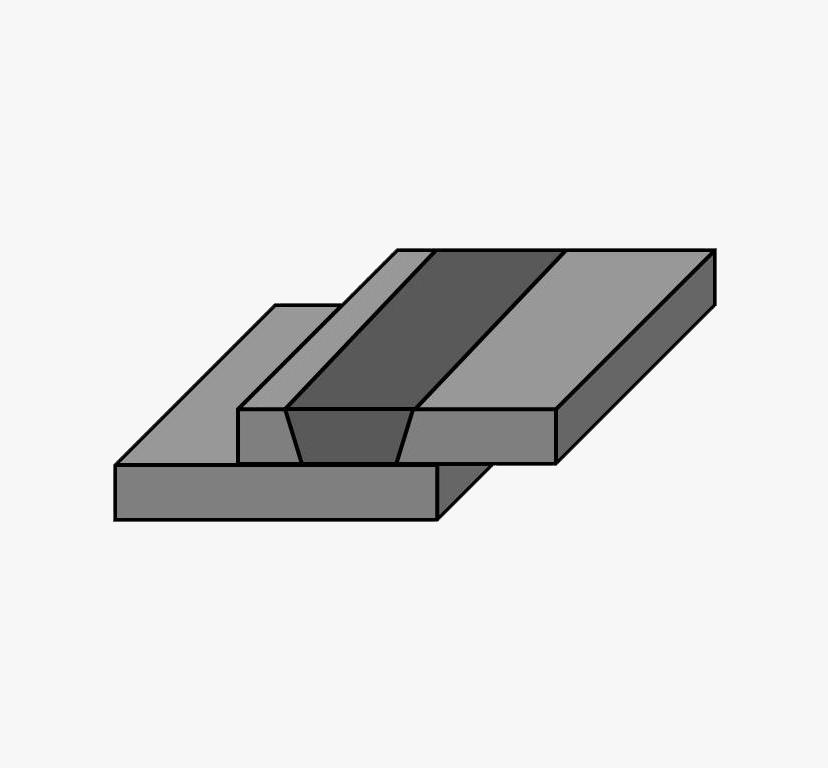
Application: sheet metal, sheet metal and cast aluminium
Advantage: less burr, wide tolerances are possible, no seem preparation required
Disadvantage: crevice corrosion must be avoided
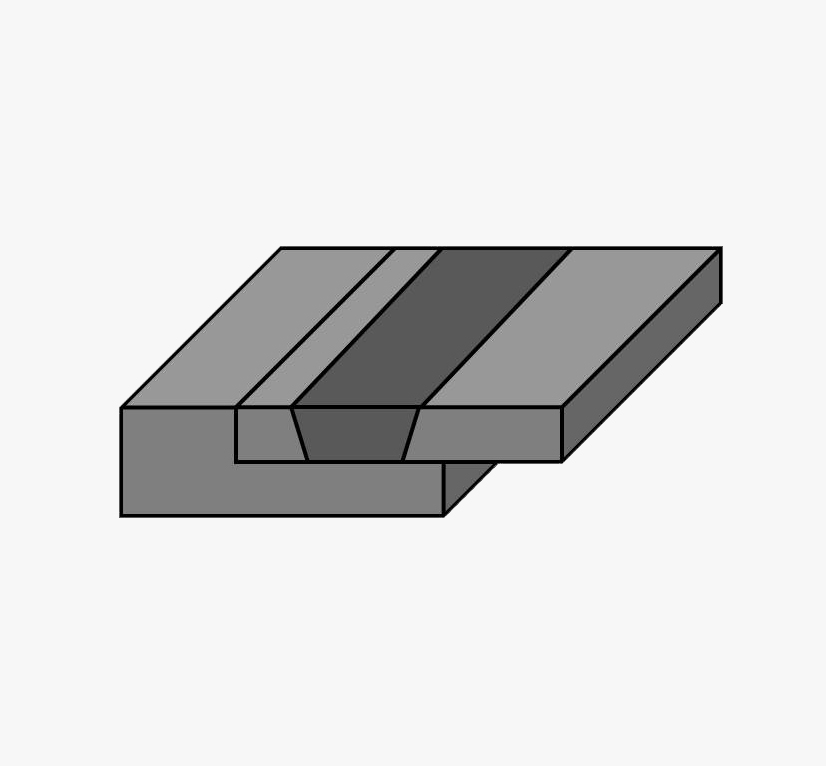
Application: cast aluminium and sheet metal
Advantage: less burr, wide tolerances are possible, no seem preparation required
Disadvantage: crevice corrosion must be avoided
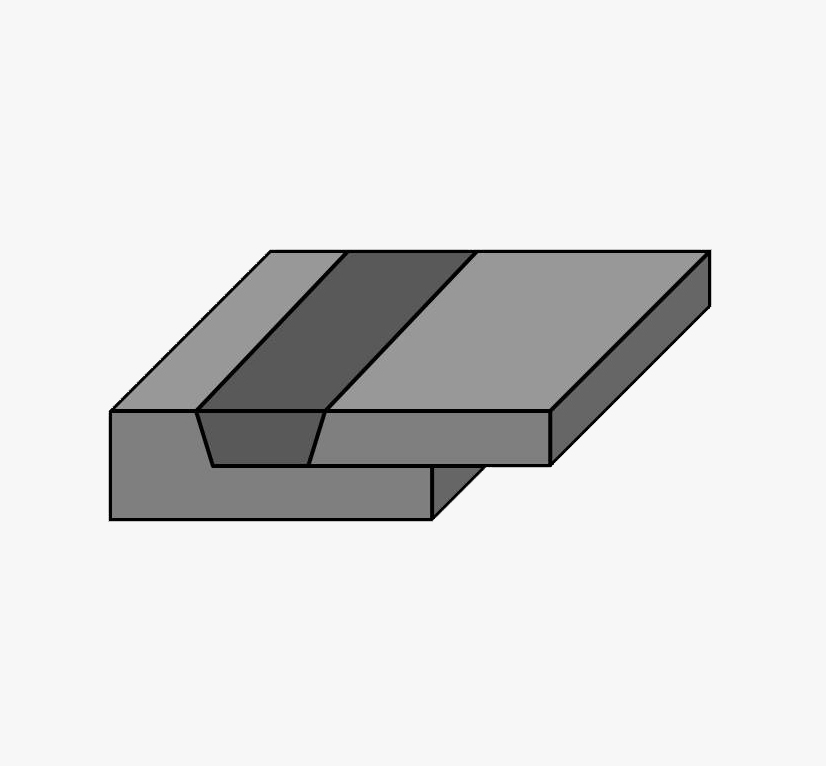
Application: cast aluminium and sheet metal
Advantage: no crevice corrosion
Disadvantage: seem preparation recommended, burr depending on tolerances (gap/ high-low), crevice corrosion on the inner side must be avoided
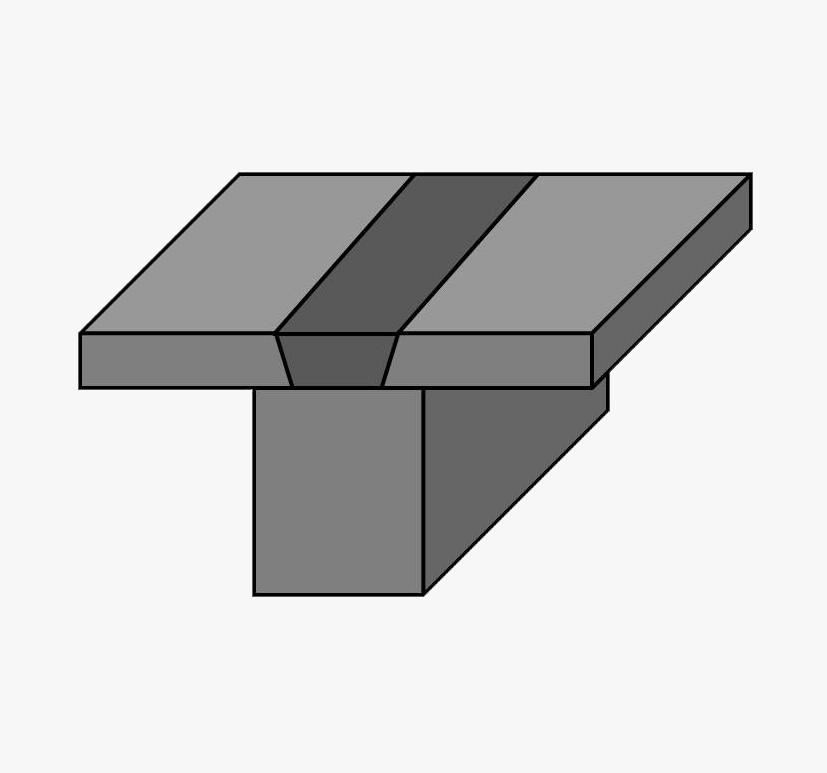
Application: cast aluminium (for example sheet metal lid on rips of a cast housing)
Advantage: less burr, wide tolerances are possible, no seem preparation required
Disadvantage: crevice corrosion must be avoided
TO USE OUR
EXPERTISE
together we join the future.